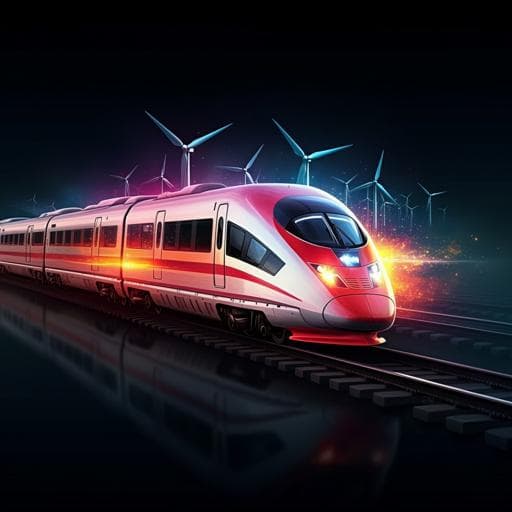
Business
How does the opening of high-speed rail drive energy restructuring? New micro evidence from China
Y. Feng, J. Zhang, et al.
This compelling research, conducted by Yanchao Feng, Juan Zhang, Renfu Luo, Yuxi Pan, and Shuhai Niu, explores how the introduction of high-speed rail in China is reshaping energy consumption within industrial sectors, significantly cutting down on fossil fuel reliance, especially coal. Discover how this transformation acts as a catalyst for technological innovation and industrial advancement.
~3 min • Beginner • English
Related Publications
Explore these studies to deepen your understanding of the subject.







